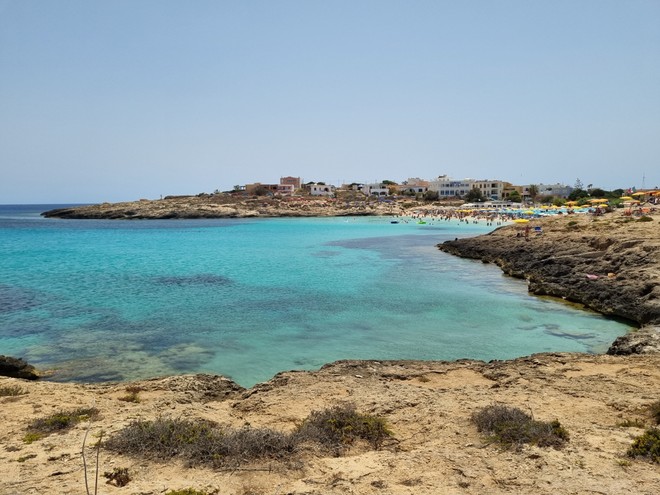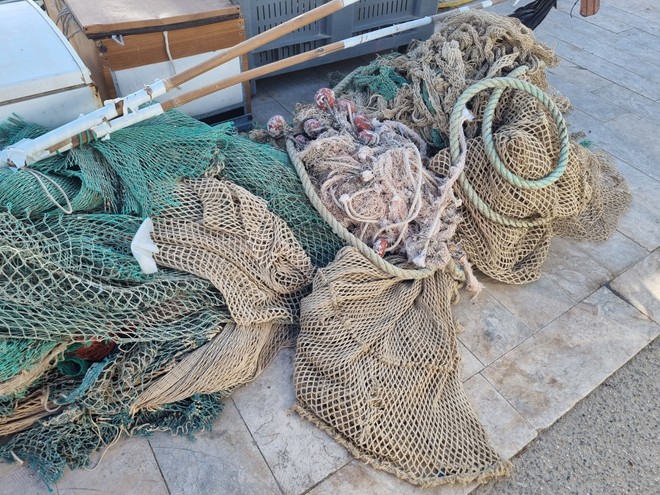
Initiatives dedicated to cleaning the seas can sometimes seem like marketing operations. In fact, they can hide an important goal that is that of being able to reuse the recovered material in other areas. Lately we have seen several car manufacturers that for the interiors of their new electric cars use coatings made from materials recovered from the seabed, such as abandoned nets. Some manufacturers are actively supporting these recovery operations.
THE HYUNDAI INITIATIVE 

Hyundai has supported an activity of exploration and conservation of the seabed near in Lampedusa , as part of the partnership with the marine conservation organization Healthy Seas . This collaboration took place set the goal of combating ocean pollution, cultivating sustainable marine ecosystems and supporting a circular economy , in line with Hyundai's global strategy.
< blockquote>
Teaming up with Healthy Seas, the well-known marine explorer Mario Arena & ndash; which since 1994 has been inspecting the seabed around the world in search of imported submerged archaeological sites & ndash; with 14 volunteers from the Society for the Documentation of Submerged Sites (SDSS) they plumbed the marine area around Lampedusa for about a month between June and July 2021, to identify and document several wrecks deriving from the Battle of the Mediterranean, which took place between 1941 and 1943 during the Second World War, with the ultimate aim of protecting them.
The wrecks present on the seabed they represent an optimal habitat for various marine species that shelter inside them. At the same time, & egrave; on the wrecks that abandoned fishing nets often run aground. It is estimated that over 640,000 tonnes of fishing gear are abandoned in the ocean every year with obvious negative repercussions for marine life. To mitigate the impact of this pollution, in addition to the activity During the four-week stay, the Healthy Seas and Ghost Diving team recovered the fishing nets that covered two wrecks.
At 76 meters deep, a little more; 30 km off the coast of Lampedusa, divers found a recently lost trawl on the wreck of the Egadi mail steamer, but due to its large size it is; only half of it could be removed. A second network is; been identified at most; 60 kilometers from Lampedusa on the Narval wreck, a French submarine that sank three months after the first launch in the Second World War. Mario Arena commented:
The removal of the nets & egrave; has been on my agenda for many years, mainly because it & eacute; interfere with shipwreck sites. Through our partnership with Healthy Seas, we have been able to transform our passion for historic shipwrecks into a positive environmental solution. We are also grateful to Ghost Diving for sharing their knowledge and procedures for removing ghost nets.
The project in Lampedusa has also contributed to the UN Sustainable Development Goals for Cities. ; and the Communities Sustainable.
RECYCLING 

by
Tags: